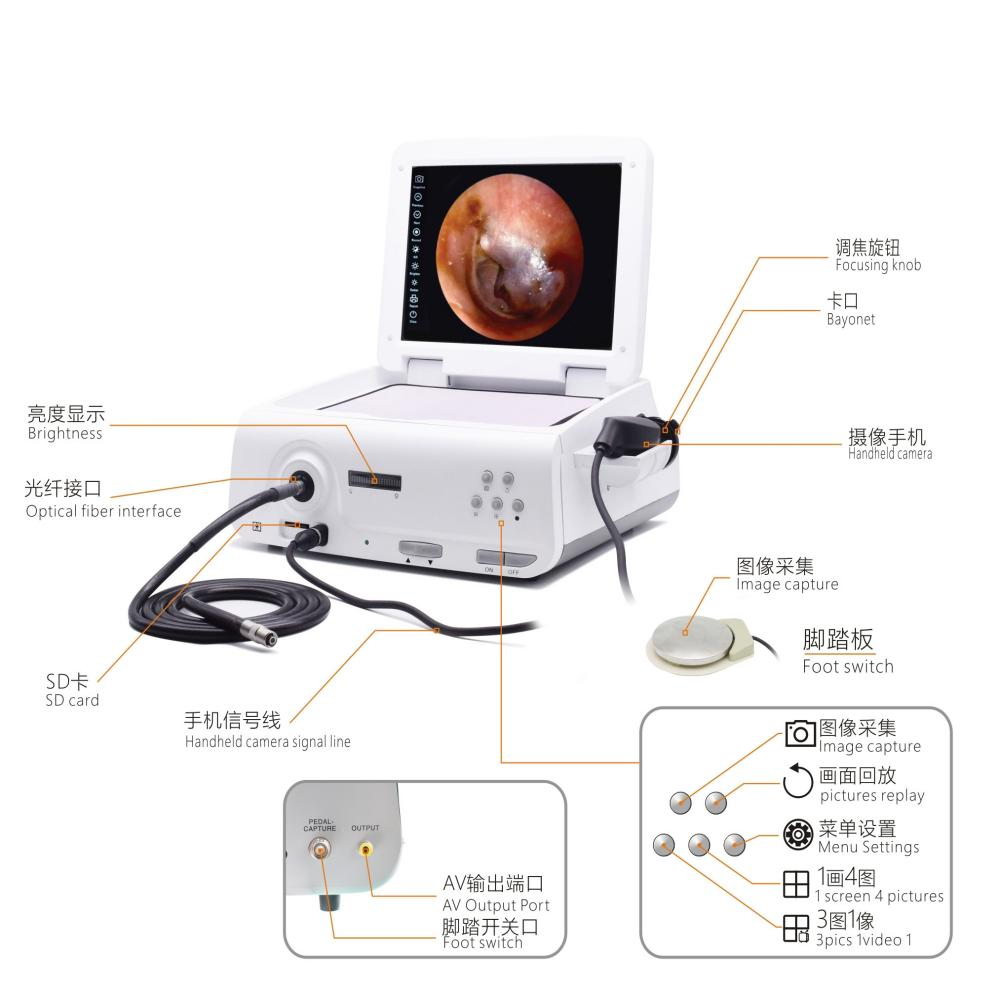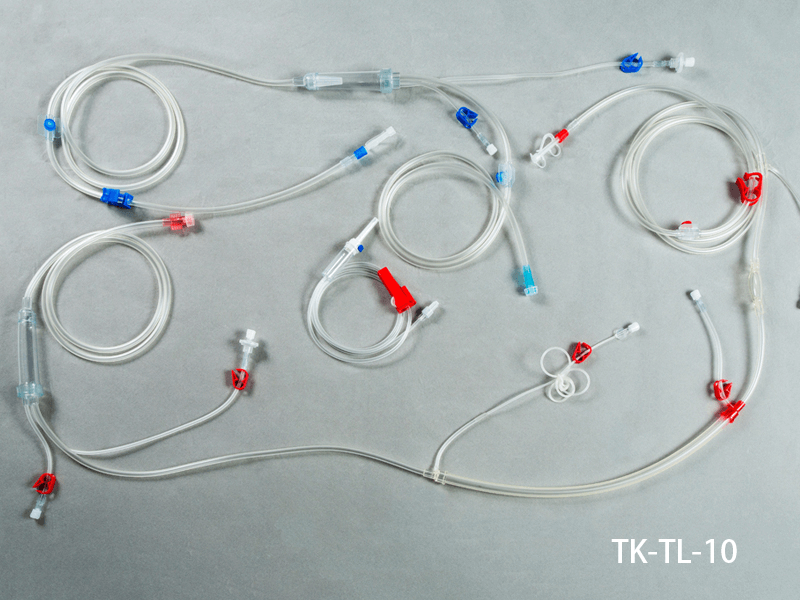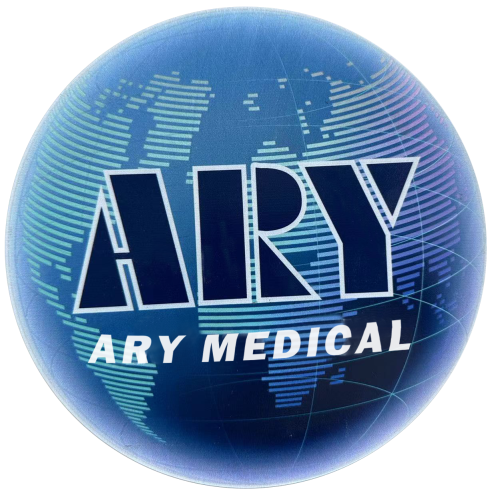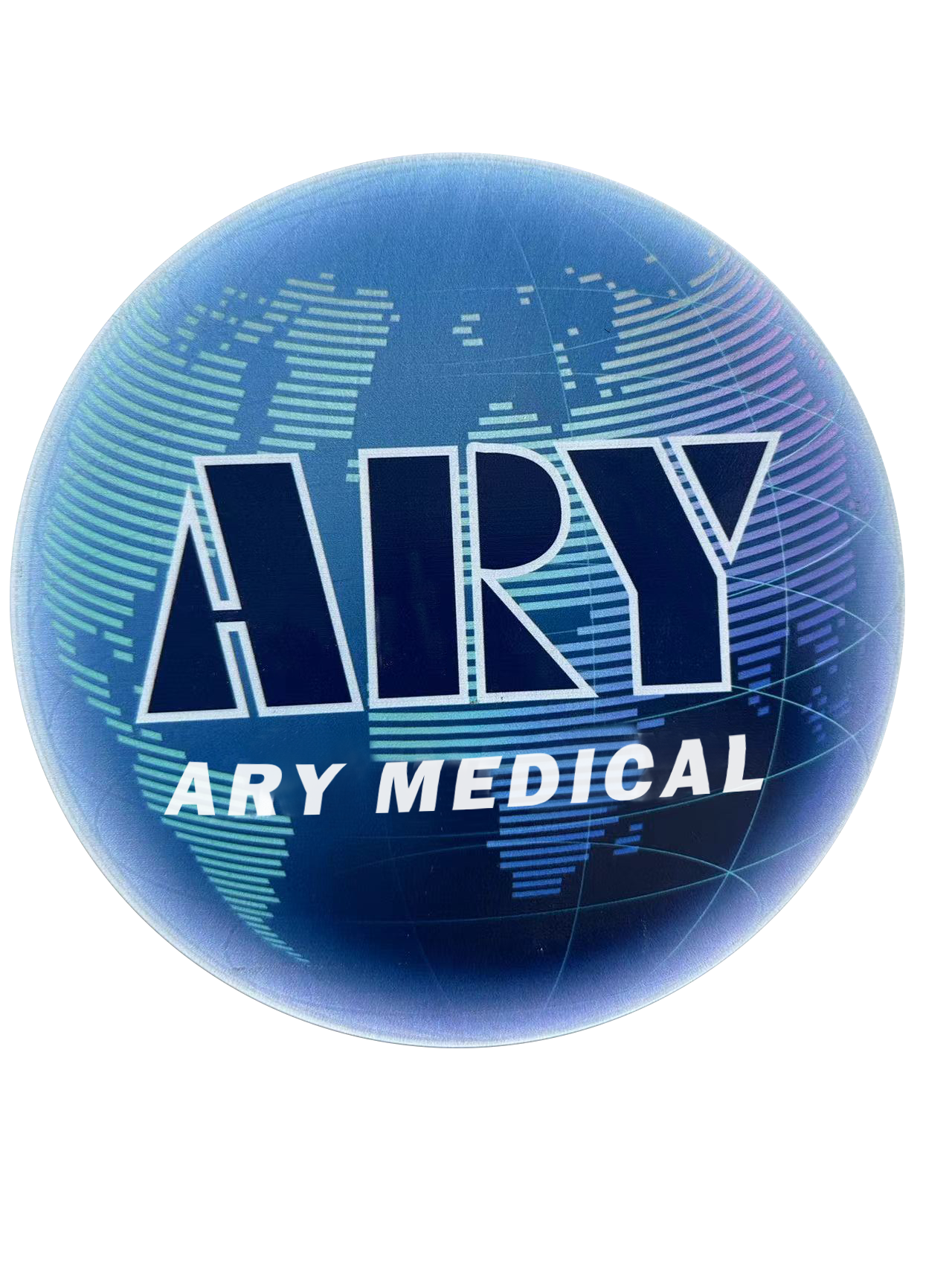Introduction
In today’s complex healthcare landscape, efficient supply chain management is vital for ensuring patient safety and smooth operations in medical institutions. One-stop medical equipment supply chains play a crucial role in connecting every link in the chain, from suppliers to end-users. In this article, we’ll delve into the advantages of one-stop medical equipment supply chains, how they operate, and their critical role in enhancing healthcare quality.
What is a One-Stop Medical Equipment Supply Chain?
A one-stop medical equipment supply chain is an integrated solution that combines procurement, logistics, inventory management, and after-sales services into a single platform. The core objective of this model is to improve efficiency, reduce costs, and enhance the overall operational capacity of hospitals.

Key Features:
- Integration: All relevant processes are consolidated in one place, minimizing communication costs.
- Transparency: Real-time data sharing fosters trust among all parties involved.
Research indicates that hospitals adopting one-stop supply chains see at least a 30% increase in operational efficiency source.
Five Major Benefits of One-Stop Medical Equipment Supply Chains
#1 Improved Procurement Efficiency
One of the main advantages of one-stop supply chains is the significant enhancement of procurement efficiency. By minimizing cross-departmental communication times, hospitals can procure necessary equipment faster.
- Example: A large hospital reduced its procurement cycle by 50% through the use of a one-stop platform source.
#2 Strengthened Supplier Relationships
In a long-term partnership context, a one-stop platform allows hospitals to develop closer ties with their suppliers.
- Establish Effective Communication: Consider holding quarterly review meetings to address any coordination issues.
#3 Cost Savings
Centralized purchasing not only reduces unit prices but also cuts inventory maintenance costs.
- Chart: Below is a comparison analysis of procurement costs, highlighting the advantages of one-stop supply chains.
<PLAINTEXT>| Purchasing Method | Unit Cost | Inventory Cost | Total Cost ||-----------------------|-----------|----------------|------------|| Traditional Method | $150 | $20 | $170 || One-Stop Supply Chain | $120 | $10 | $130 |
#4 Enhanced Data Transparency
Real-time data can help hospitals make more informed decisions, preventing unnecessary resource wastage.
- Data Management Tools: Utilizing ERP systems to manage equipment usage and inventory status effectively.
#5 Increased Customer Satisfaction
Timely supply of equipment and efficient after-sales service leads to higher patient satisfaction, thereby enhancing the hospital’s brand image.

The Process from Supplier to User
- Needs Analysis: Clearly define the types and quantities of equipment the hospital requires.
- Supplier Selection: Directly communicate with potential partners through a one-stop platform.
- Procurement and Logistics Management: After placing an order, the system automatically tracks the order status and manages logistics.
- Equipment Acceptance and Training: Upon delivery, hospitals conduct inspections and arrange usage training.
- Feedback and Adjustments: Maintain ongoing communication with suppliers to adjust based on feedback.
Key Technologies Supporting One-Stop Supply Chains
- Data Analytics: Use data analysis tools to forecast the demand for medical equipment.
- Smart Logistics: Implement IoT technology to track logistics information in real-time.
- Cloud Computing: Achieve real-time synchronization and sharing of data.
How to Choose the Right Supplier
Choosing the right supplier is crucial in a one-stop medical equipment supply chain. Here are some recommendations:
- Qualification Verification: Ensure that the supplier has the necessary certifications and qualifications.
- Service Level Evaluation: Assess the timeliness and quality of after-sales support offered.
- Flexibility: Opt for suppliers who can swiftly respond to changes and demands.
Conclusion
The implementation of one-stop medical equipment supply chains has significantly improved operational efficiencies and patient satisfaction in healthcare institutions. As technology continues to evolve, this model will become even more sophisticated, offering new opportunities for the healthcare sector.
Thank you for reading this article! I hope it has been helpful in understanding the power of one-stop medical equipment supply chains. If you are interested in more in-depth content, feel free to check out our related articles: Best Practices in Medical Supply Chain Management.


